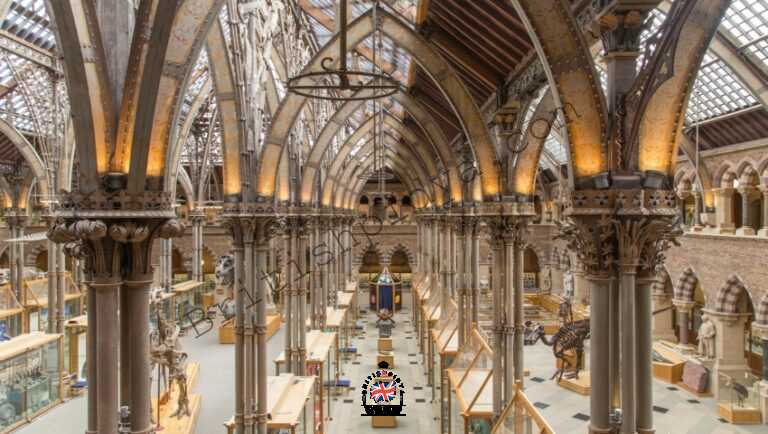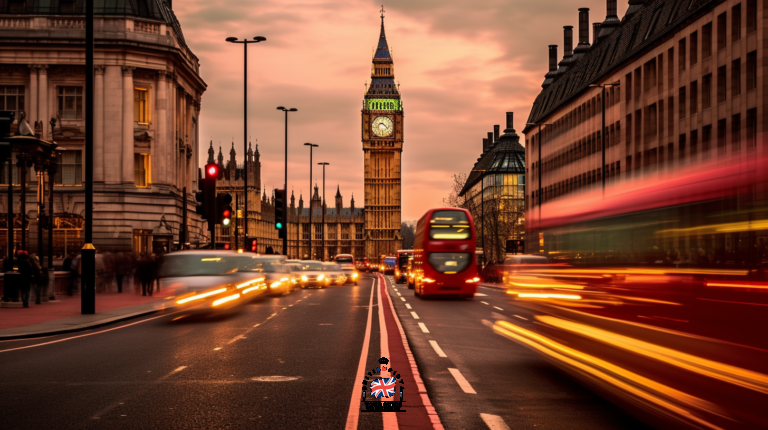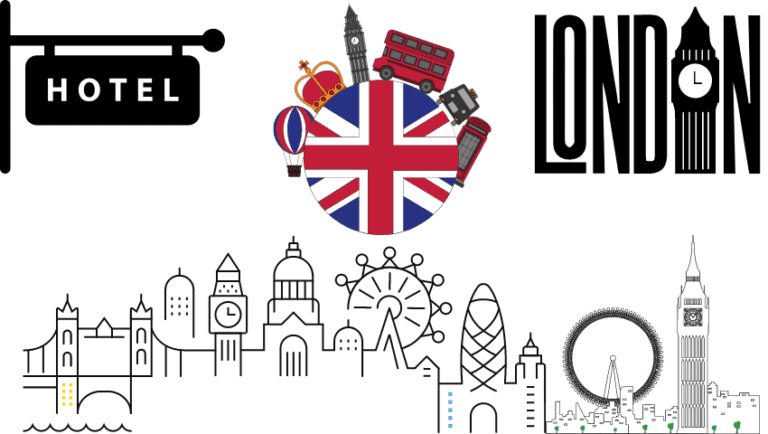Stargazing in the UK: Where, When, And How Guide 2023
Stargazing in the UK, Discover the wonders of the cosmos and learn where to find the most stunning views for a magical night.
Ah, stargazing! Isn’t it wonderful to gaze at the cosmos on a clear night, wondering about the mysteries of the universe? In the UK, this ancient pastime is more accessible than ever, thanks to its beautiful countryside and Dark Sky reserves. Let’s dive into this celestial journey!
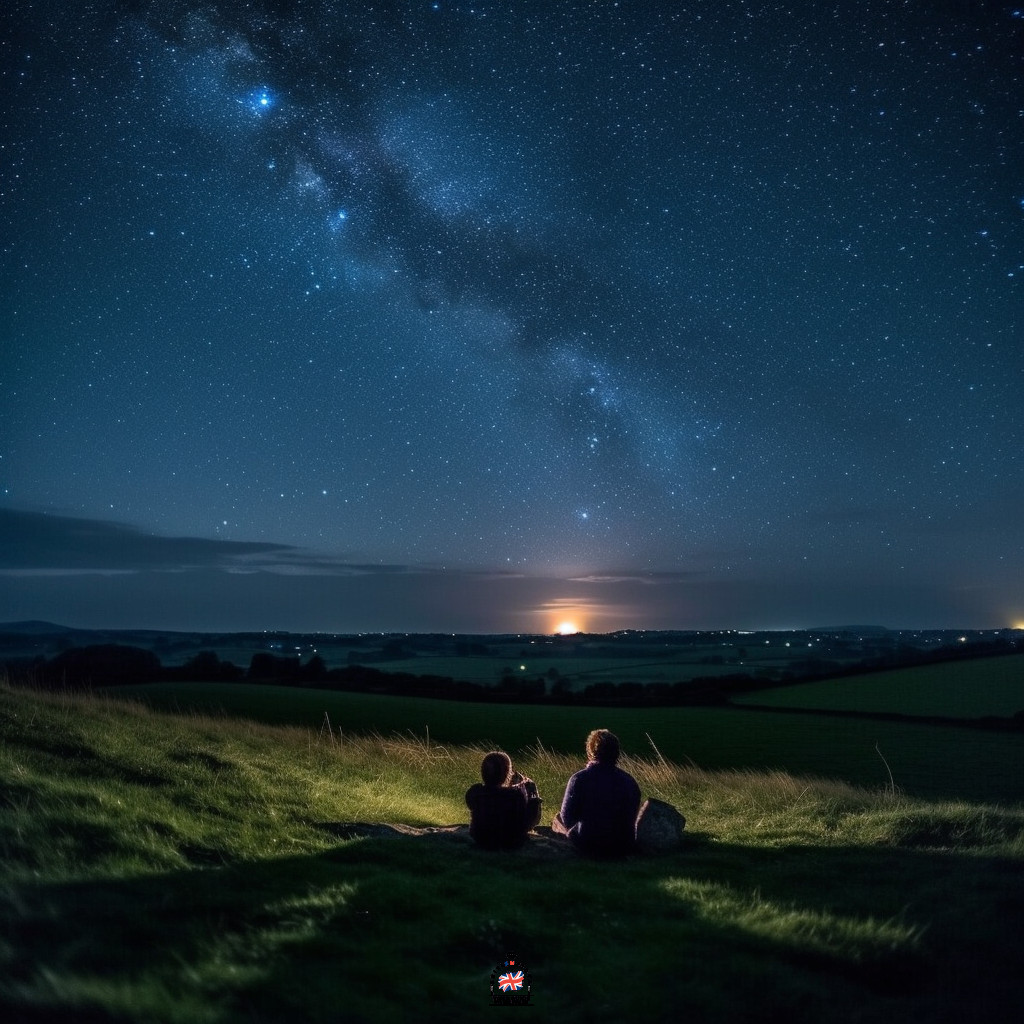
The Best Time for Stargazing in the UK
Seasonal Differences
Winter is the best time for stargazing in the UK. Why, you ask? Longer nights mean more stargazing time, and the cold air tends to be clearer, revealing more stars. But don’t dismiss the other seasons; the Milky Way is visible from late spring to early autumn!
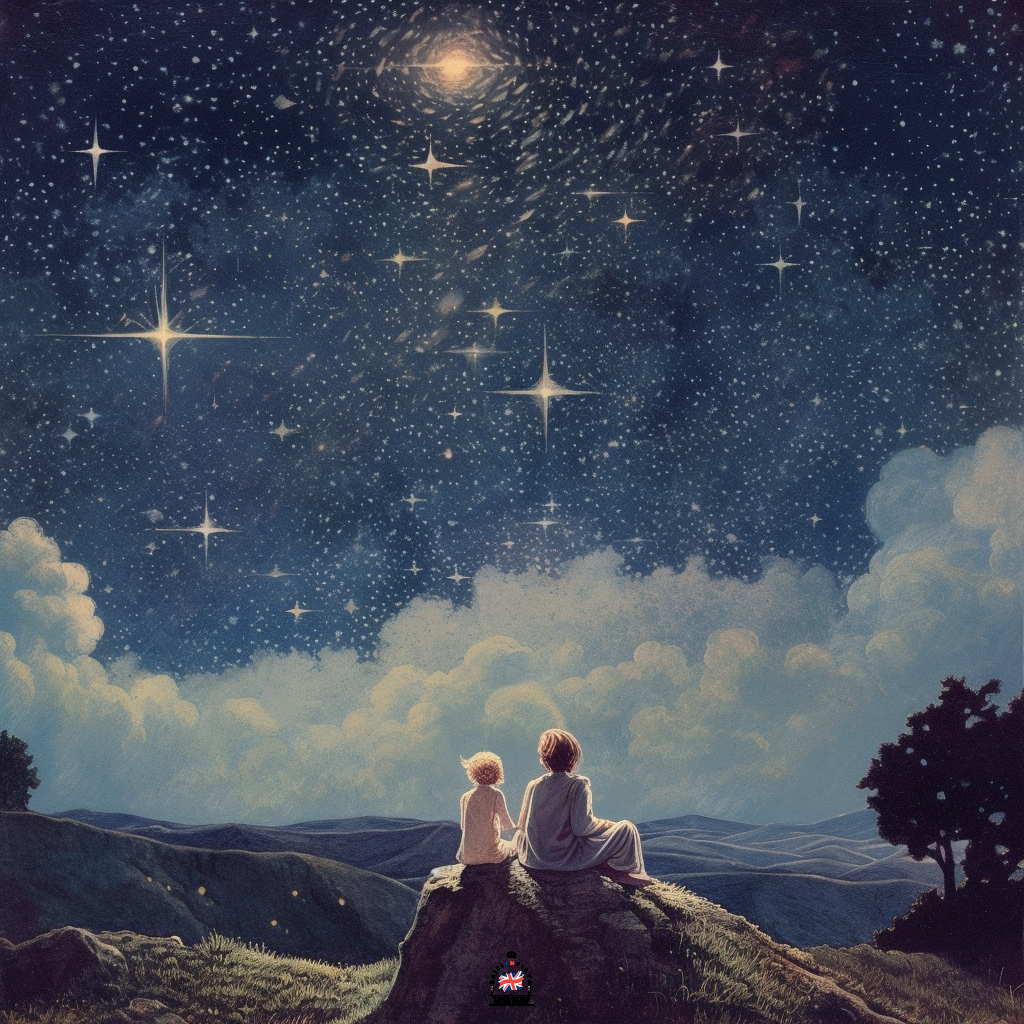
Weather Considerations
Remember, the best stargazing nights are clear and moonless. Check the weather and moon phase before heading out. Hey, we don’t control the weather, right?
The Best Places for Stargazing in the UK
Dark Sky Reserves and Parks
Did you know the UK is home to some of the world’s largest Dark Sky Reserves? These are places with minimal light pollution, allowing for amazing stargazing. The Brecon Beacons in Wales, Exmoor and South Downs in England, and Galloway Forest Park in Scotland are fantastic examples!

Stargazing Sites in England
From Kielder Observatory in Northumberland to the South Downs National Park, England offers some splendid stargazing sites. Imagine viewing the Andromeda Galaxy or the Orion Nebula from these places!



